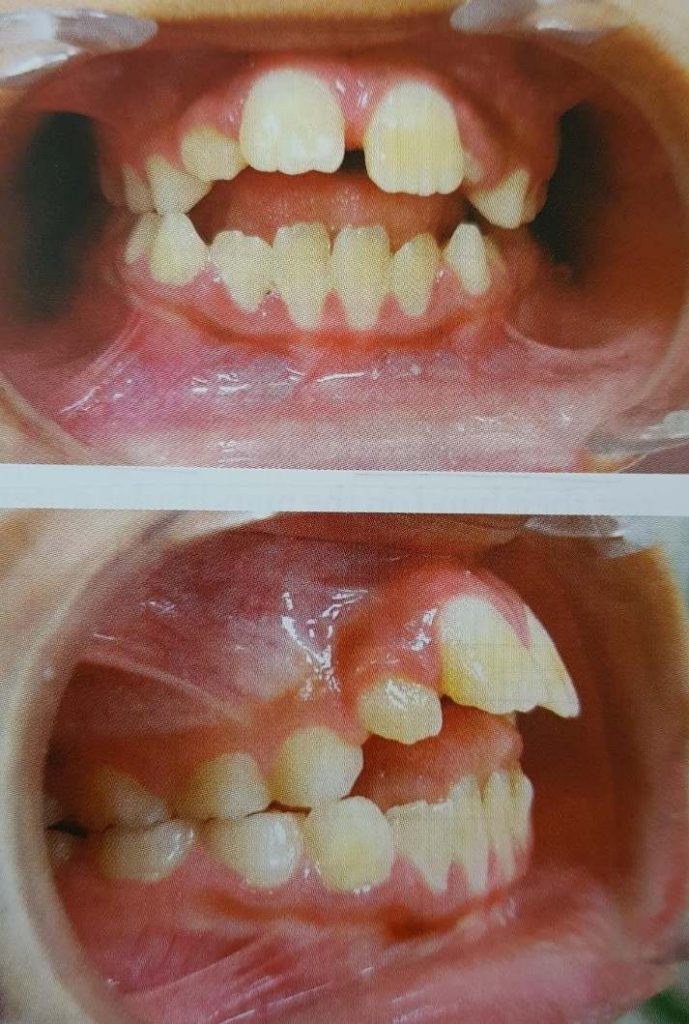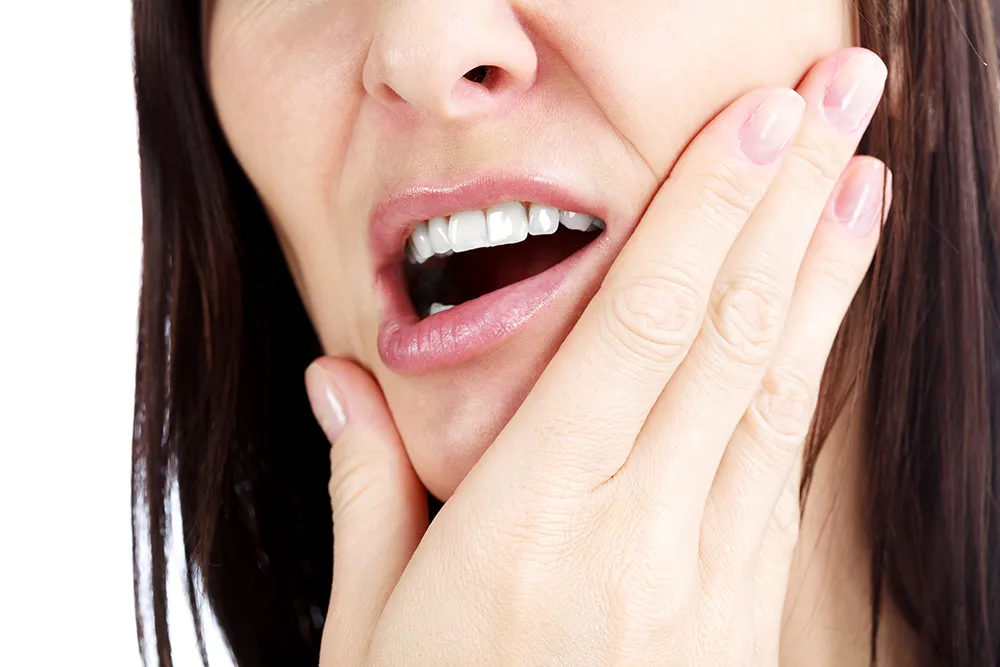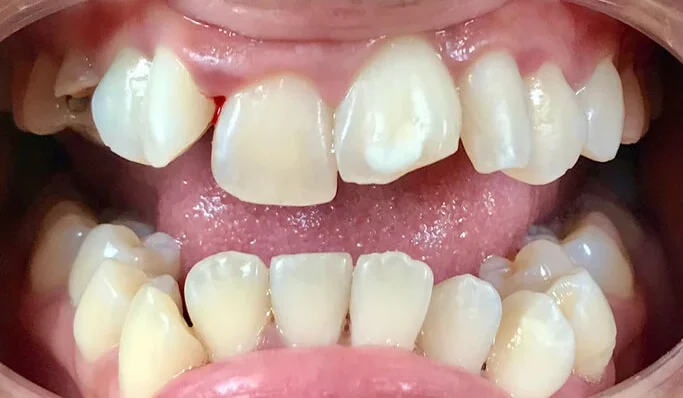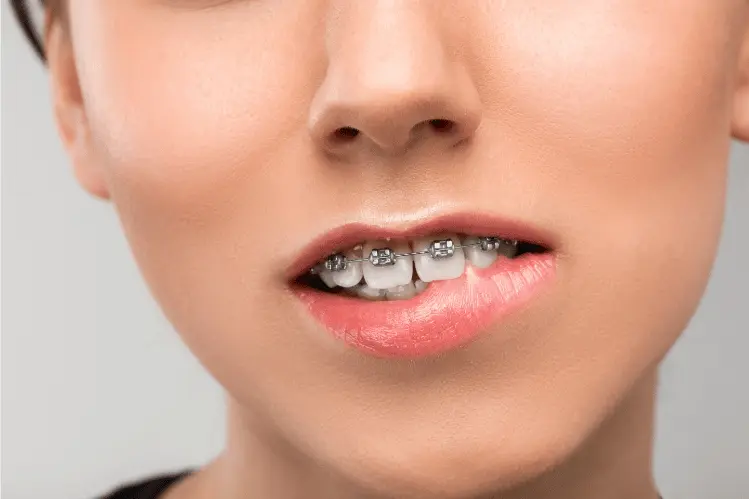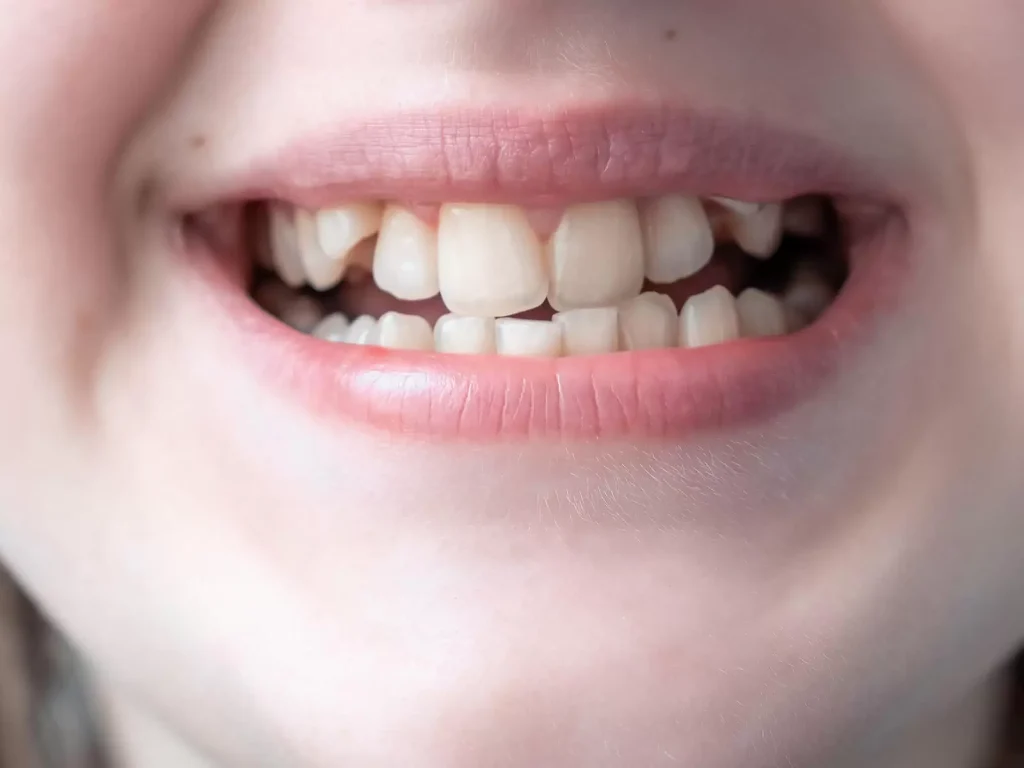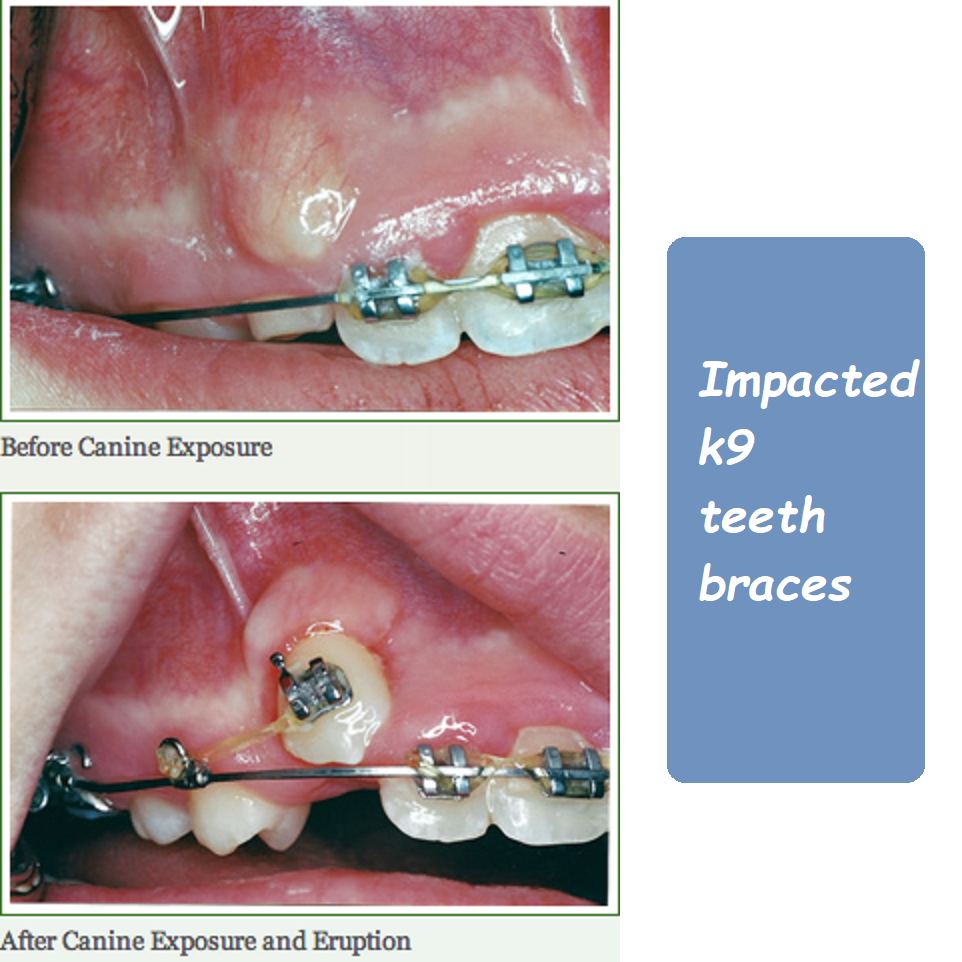can i wear my retainer after wisdom teeth removal

Wearing a retainer after wisdom teeth removal is a common concern for many patients who have undergone orthodontic treatment. Retainers play a crucial role in maintaining the alignment of your teeth after braces or clear aligners. This comprehensive guide will address whether you can wear your retainer after wisdom teeth removal, the considerations involved, and best practices to ensure optimal dental health during the recovery period.
Understanding Wisdom Teeth Removal
Wisdom teeth, also known as third molars, are the last set of teeth to erupt in the mouth, usually between the ages of 17 and 25. These teeth can sometimes cause problems, such as impaction, crowding, or infections, necessitating their removal. Wisdom teeth extraction is a common surgical procedure that can vary in complexity depending on the position and condition of the teeth.
Wisdom teeth removal involves making an incision in the gum tissue to expose the tooth and bone, removing the bone that blocks access to the tooth root, dividing the tooth into sections if necessary, and then removing the tooth. The site is cleaned, and stitches may be placed to promote healing.
The Role of Retainers
Retainers are orthodontic devices used to keep teeth in their new positions after the removal of braces or clear aligners. They are essential for preventing relapse, where teeth can shift back to their original positions. Retainers can be removable or fixed, and they need to be worn as per the orthodontist’s instructions to maintain the results of orthodontic treatment.
Removable retainers include Hawley retainers, which are made of acrylic and wire, and clear retainers, which are similar to Invisalign aligners. Fixed retainers, on the other hand, consist of a thin wire bonded to the back of the teeth to keep them in place.
Can You Wear a Retainer After Wisdom Teeth Removal?
In general, it is possible to wear a retainer after wisdom teeth removal, but there are several factors to consider to ensure it does not interfere with the healing process:
- Type of Retainer: The type of retainer you have (removable or fixed) can influence whether you can wear it immediately after the surgery.
- Healing Process: The initial days following wisdom teeth removal are crucial for healing. Swelling, discomfort, and changes in the mouth might make wearing a retainer uncomfortable or impractical.
- Consultation with Your Dentist or Orthodontist: It is essential to seek advice from your dentist or orthodontist, as they can provide personalized recommendations based on your specific case and the nature of the extraction.
Factors to Consider
Several factors should be taken into account when deciding whether to wear your retainer after wisdom teeth removal:
- Post-Surgical Swelling: Swelling and inflammation are common after wisdom teeth extraction, which might make it difficult or uncomfortable to wear a retainer.
- Pain and Discomfort: Pain and sensitivity in the extraction area can make wearing a retainer challenging in the initial recovery period.
- Risk of Infection: Ensuring the extraction sites remain clean and free from infection is crucial. Wearing a retainer that irritates the surgical area could increase the risk of complications.
- Type of Retainer: Removable retainers, such as clear aligners or Hawley retainers, might be easier to manage during the recovery period compared to fixed retainers.
Best Practices for Wearing a Retainer After Wisdom Teeth Removal
If you decide to wear your retainer after wisdom teeth removal, follow these best practices to ensure a smooth recovery and maintain dental alignment:
- Follow Professional Advice: Always follow the instructions provided by your dentist or orthodontist regarding the use of your retainer after surgery.
- Monitor for Discomfort: Pay attention to any discomfort or pain when wearing the retainer. If it becomes too uncomfortable, consider taking a break and consulting your dental professional.
- Maintain Oral Hygiene: Keeping the extraction sites clean is critical to prevent infection. Gently rinse your mouth with a prescribed mouthwash or saltwater solution as directed by your dentist.
- Gradual Reintroduction: If advised by your orthodontist, you might gradually reintroduce the retainer a few days after the surgery, starting with shorter periods and gradually increasing the wear time.
- Proper Cleaning: Ensure your retainer is cleaned thoroughly before each use to prevent bacteria buildup and potential infection.
- Regular Check-Ups: Attend follow-up appointments with your dentist or orthodontist to monitor your healing and ensure the retainer fits correctly and comfortably.
Detailed Examination of Post-Extraction Care
- Immediate Post-Extraction Period: The first 24 to 48 hours post-extraction are critical. During this time, blood clots form in the sockets, and the healing process begins. It’s essential to avoid disturbing these clots to prevent complications such as dry socket. Activities like vigorous mouth rinsing, smoking, and drinking through a straw should be avoided.
- Pain Management: Pain and swelling are common after wisdom teeth removal. Over-the-counter pain relievers like ibuprofen can help manage discomfort. Ice packs applied to the outside of the face can reduce swelling and bruising.
- Diet and Nutrition: Stick to soft foods and avoid chewing near the extraction sites. Foods like yogurt, mashed potatoes, and smoothies are ideal. Avoid hot, spicy, and crunchy foods that can irritate the extraction sites.
- Oral Hygiene: Maintaining oral hygiene is crucial, but be gentle around the extraction sites. Brush your teeth carefully and avoid the surgical area for the first few days. Rinse with a saltwater solution to keep the area clean and reduce the risk of infection.
Potential Issues and Solutions
Wearing a retainer after wisdom teeth removal can present some challenges. Here are potential issues and suggested solutions:
- Increased Discomfort: If wearing the retainer increases discomfort, try wearing it for shorter durations and gradually increase the wear time as you heal.
- Swelling: Wait until the swelling has reduced significantly before wearing your retainer. Consult your dentist for the appropriate timing.
- Poor Fit: If the retainer no longer fits properly due to changes in the mouth post-surgery, visit your orthodontist for adjustments or a new retainer.
- Hygiene Concerns: Maintain strict oral hygiene to prevent infection. Clean the retainer thoroughly and follow all post-operative care instructions from your dentist.
Long-Term Care and Considerations
- Regular Dental Visits: Continue with regular dental check-ups to monitor your oral health and the fit of your retainer. Your dentist can provide professional cleanings and address any concerns about your retainers.
- Retainer Adjustments: If your retainer becomes uncomfortable or stops fitting correctly over time, don’t hesitate to visit your orthodontist for adjustments. It’s crucial to maintain the retainer’s effectiveness.
- Healthy Habits: Maintain a balanced diet and avoid habits that can negatively impact your teeth, such as chewing on ice or using your teeth as tools. Protect your teeth during sports or other activities by wearing a mouthguard.
Patient Experiences and Case Studies
Real-life experiences and case studies can provide valuable insights into the management of different bite types:
Case Study 1: Immediate Post-Extraction Retainer Wear
A 20-year-old patient had recently completed orthodontic treatment and was wearing a removable retainer. After undergoing wisdom teeth extraction, the patient experienced significant swelling and discomfort. On the advice of their orthodontist, they refrained from wearing the retainer for the first three days. Once the swelling reduced, the patient gradually reintroduced the retainer, starting with short periods and increasing wear time each day. This approach ensured that the retainer did not interfere with the healing process while maintaining the alignment of the teeth.
Case Study 2: Fixed Retainer and Wisdom Teeth Extraction
A 25-year-old patient with a fixed retainer on the lower front teeth underwent wisdom teeth removal. The extraction was straightforward, but the patient was concerned about the fixed retainer’s impact on the healing process. The orthodontist assured the patient that the fixed retainer would not affect the extraction sites and recommended maintaining regular oral hygiene. The patient experienced a smooth recovery with no complications related to the retainer.
Patient Experience: Clear Aligners and Wisdom Teeth Removal
A 30-year-old patient using clear aligners to maintain teeth alignment had their wisdom teeth removed. The patient experienced moderate swelling and discomfort post-surgery. Following the orthodontist’s advice, they avoided wearing the aligners for the first 48 hours to allow initial healing. After this period, the patient resumed wearing the aligners, starting with short durations and gradually increasing wear time. The clear aligners did not interfere with the healing process, and the patient successfully maintained their teeth alignment.
Advances in Orthodontic Treatment and Wisdom Teeth Management
Recent advancements in orthodontic treatment and wisdom teeth management have improved patient outcomes and comfort:
- 3D Imaging and Treatment Planning: Advanced imaging techniques, such as cone beam CT scans, provide detailed views of the teeth and jaw, allowing for precise planning of both orthodontic treatment and wisdom teeth removal.
- Minimally Invasive Surgery: Modern surgical techniques for wisdom teeth removal are less invasive, reducing pain, swelling, and recovery time. This can make it easier to resume wearing retainers sooner.
- Accelerated Orthodontics: Techniques like Propel and AcceleDent can speed up tooth movement, potentially reducing the time retainers are needed and making it easier to manage orthodontic care around wisdom teeth removal.
Conclusion
In most cases, you can wear your retainer after wisdom teeth removal, but it is essential to consider factors such as post-surgical swelling, pain, and the risk of infection. Consulting with your dentist or orthodontist is crucial to receiving personalized advice and ensuring that wearing the retainer does not interfere with the healing process. By following best practices and monitoring your oral health, you can maintain the alignment of your teeth while ensuring a smooth recovery from wisdom teeth extraction. The advances in orthodontic treatment and wisdom teeth management have made it easier for patients to navigate these procedures successfully.

